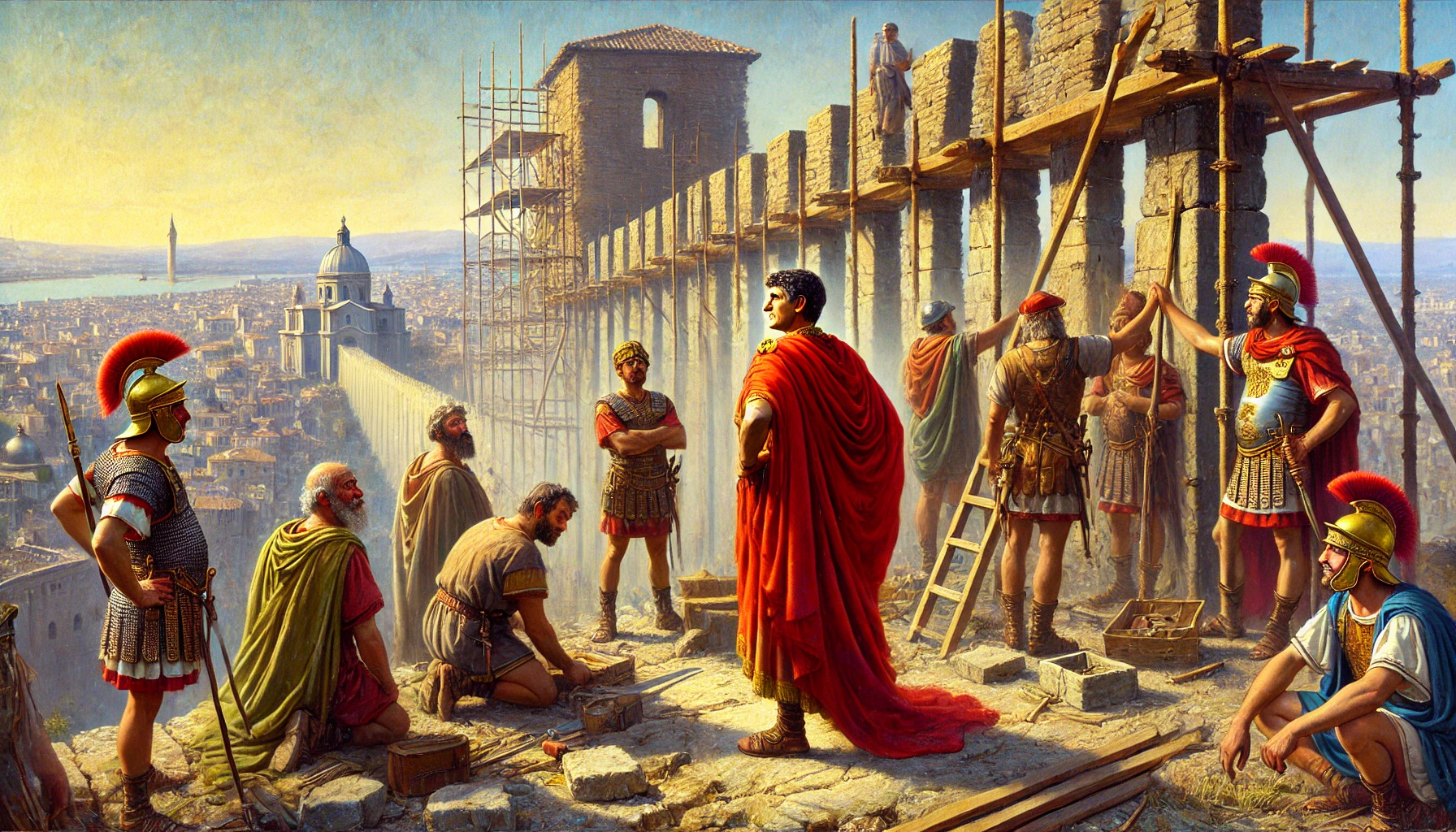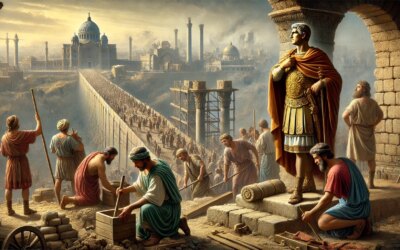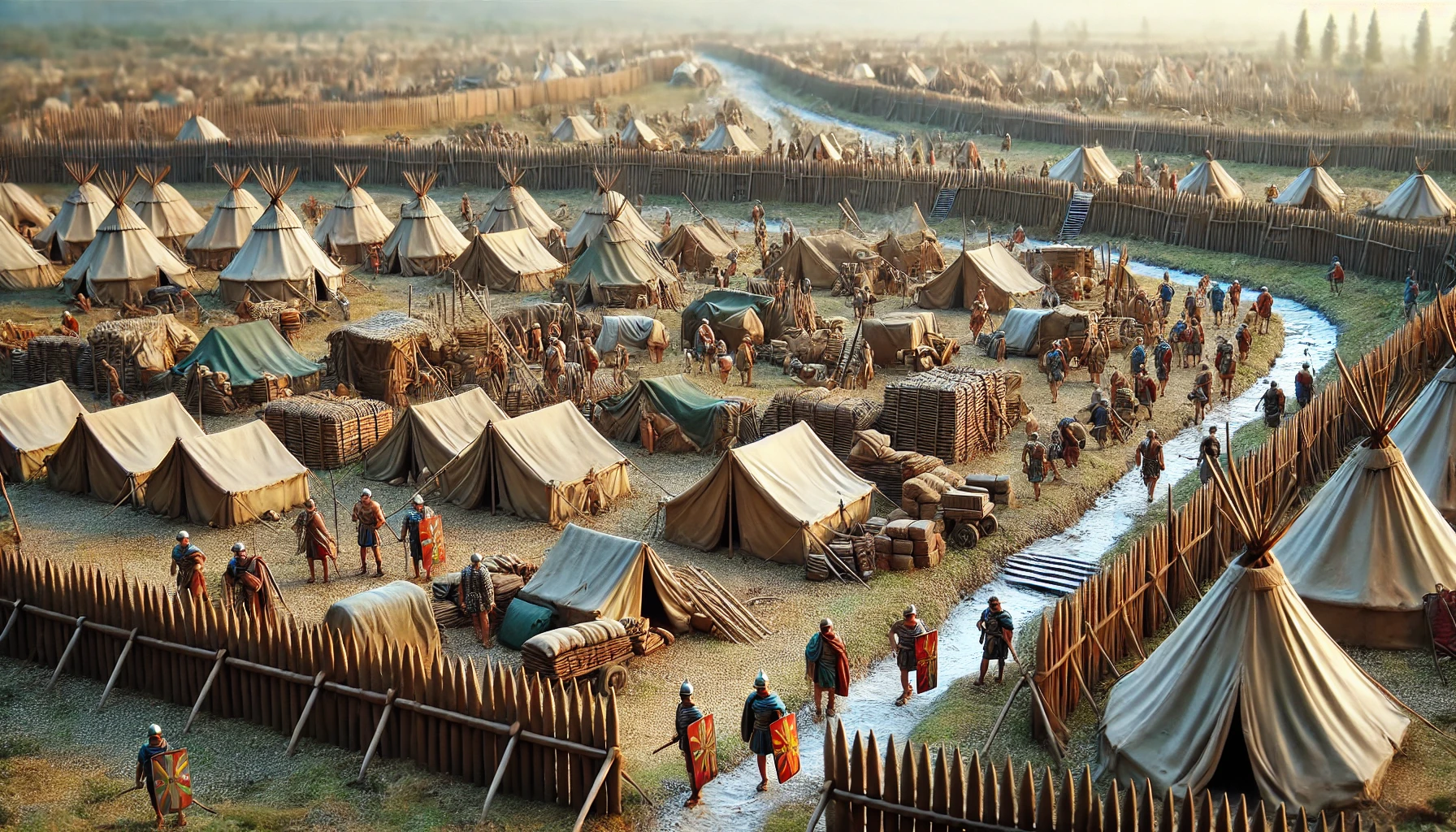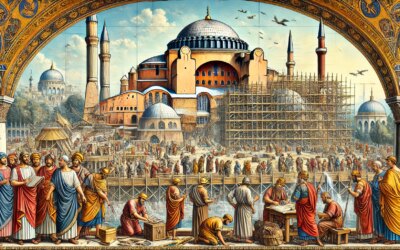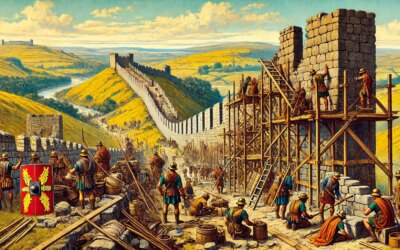The Emperor and the Empire’s Edge
In the year 582 AD, one of the most ambitious defensive projects of the late Roman Empire was set in motion: the construction of the Anastasian Wall. Though named after Emperor Anastasius I, it was during the reign of Emperor Maurice (582–602 AD) that this monumental fortification was reinforced, expanded, and fully realized as a critical barrier protecting Constantinople from external invasions. As the Eastern Roman Empire—commonly known as the Byzantine Empire—faced increasing threats from Slavic and Avar incursions, Maurice recognized the urgent need to fortify the capital’s vulnerable land approaches.
Who Was Maurice?
Flavius Mauricius Tiberius Augustus, known as Maurice, was a capable general and a methodical administrator. Born in Cappadocia, Maurice rose to prominence under Emperor Tiberius II and was appointed as commander of the Eastern armies. After marrying the emperor’s daughter, he succeeded him upon his death. His reign was marked by military campaigns against the Persians, Avars, and Slavs, as well as significant administrative and fiscal reforms. Though his later years were marred by internal dissent and military unrest, Maurice was one of the last emperors to exert direct and effective control over both the eastern and western frontiers.
The Anastasian Wall: A Bulwark Against Invasion
Originally begun under Emperor Anastasius I in the late 5th century, the Anastasian Wall (also called the Long Walls of Thrace) was designed as a 56-kilometer-long fortification stretching from the Sea of Marmara to the Black Sea. Maurice’s additions in the 580s were a response to renewed barbarian pressure. The wall included stone ramparts, ditches, watchtowers, and forts spaced at intervals, allowing for communication and rapid troop deployment. Construction required thousands of laborers, engineers, and soldiers, and Maurice personally oversaw its planning and progress from the frontier posts near the wall’s terminus.
Strategic Importance of the Wall
The Anastasian Wall functioned as a tripwire defense—designed not to stop a full-scale invasion but to delay and disrupt enemy advances long enough for the imperial field army to respond. In Maurice’s time, this was particularly important given the logistical challenges of moving troops across the rugged terrain of Thrace. The wall also served to protect farmlands and rural communities, which were essential for supplying Constantinople. By fortifying the western approaches, Maurice reduced the frequency of panic evacuations and granted a measure of stability to the region.
Construction and Logistics
The scale of the wall demanded a complex supply chain. Materials were quarried locally: limestone, timber, and tiles. Engineering teams used Roman surveying tools to ensure straight lines and effective water drainage. Forts along the wall housed garrisons and supply depots. Maurice mandated regular inspections and reinforced older sections. Local farmers and townspeople were often conscripted for labor, while military units provided protection from raiding parties during construction. Records suggest the wall could house a standing force of several thousand troops when fully manned.
Legacy and Decline
Although the Anastasian Wall was breached numerous times over the centuries, it remained in use until the 12th century, undergoing several repairs and partial rebuildings. Its construction marked a high point in Late Roman military engineering and represents the empire’s shift toward more defensive military strategies. Maurice’s dedication to frontier defense delayed the penetration of hostile forces into the Balkan Peninsula and safeguarded Constantinople for generations. The wall’s legacy lives on as one of the earliest examples of medieval frontier architecture on a grand scale.
Fall and Tragic End
Despite his strategic foresight and military successes, Maurice’s rule ended tragically. In 602 AD, his troops mutinied due to poor conditions and lack of pay. The general Phocas led a rebellion, seized power, and executed Maurice along with his sons. The empire, briefly stabilized by his reign, entered a period of political chaos. However, Maurice’s contributions, particularly his reinforcement of the Anastasian Wall, left an indelible mark on Byzantine defense strategy and urban security planning.
Conclusion: A Vision Etched in Stone
Emperor Maurice may not be as well-known as Justinian or Constantine, but his reign was pivotal in shaping the Byzantine Empire’s resilience. The Anastasian Wall, long forgotten by many, stands as a testament to his vision of a secure and fortified empire. In 582 AD, as he stood beside stoneworkers and legionaries on the Thracian frontier, Maurice was not just building a wall—he was laying the foundation for the empire’s continued survival against the ever-looming storm beyond its borders.

